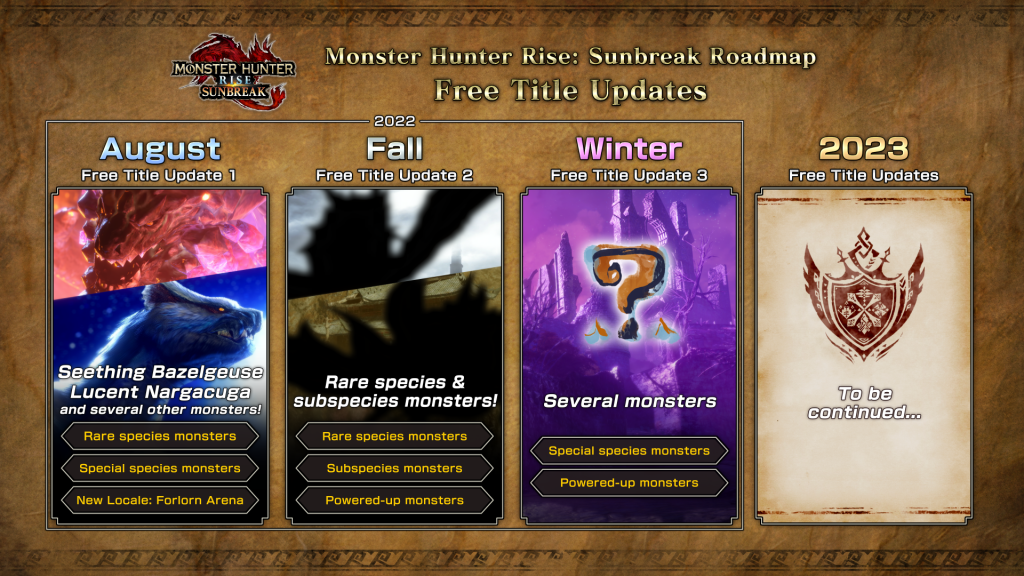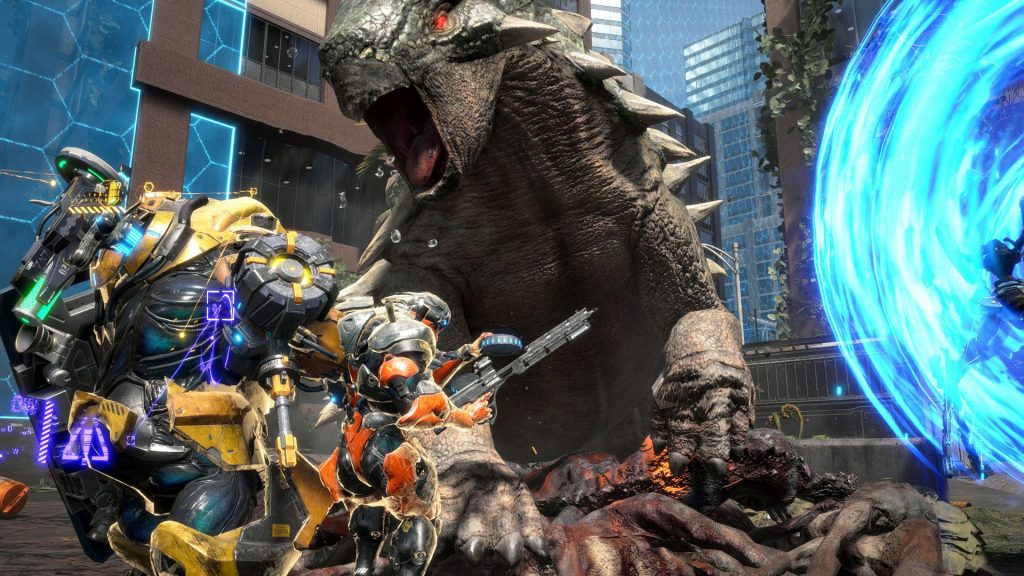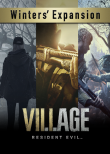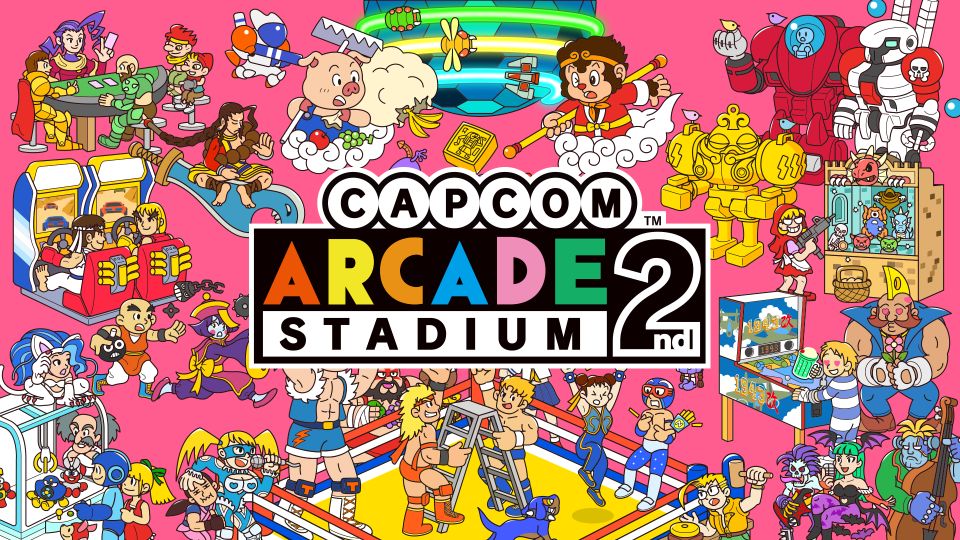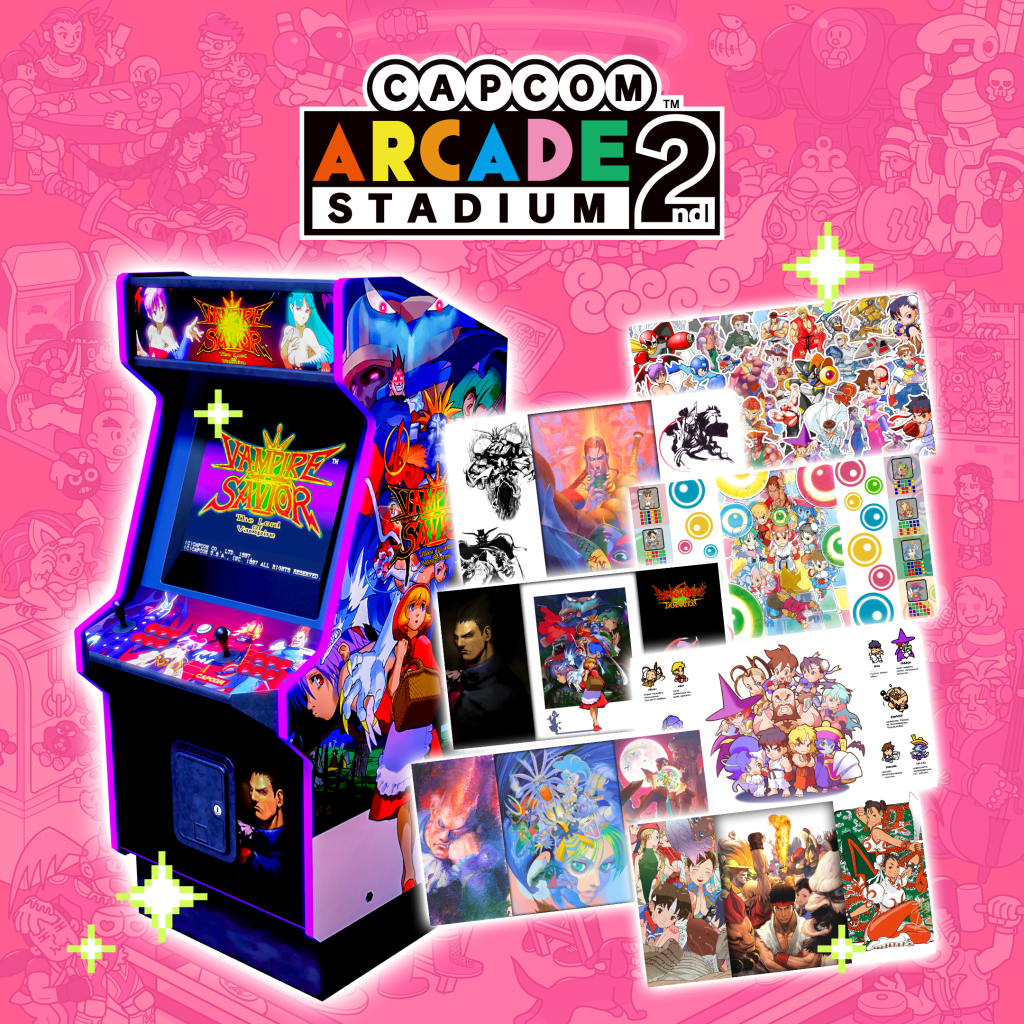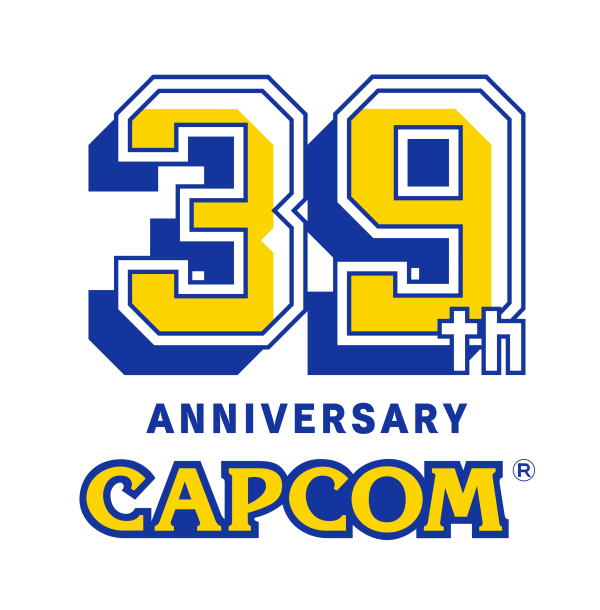
Monster Hunter Rise: Sunbreak Interview with Art Director Yoshitaka Ohuchi
Jul 18, 2022 // Shibata
Report from the Dev Floor
Hello everyone! Koichi Shibata here, reporting from the Monster Hunter Rise dev floor!
Today we’ll be talking to Yoshitaka Ohuchi, the art director on Monster Hunter Rise: Sunbreak, the massive expansion for Monster Hunter Rise!
Note: this developer blog was written prior to the launch of Monster Hunter Rise: Sunbreak.

Shibata: To start off, could you give us a quick explanation of what you worked on for Monster Hunter Rise: Sunbreak?
Yoshitaka Ohuchi: I was mainly in charge of the visual direction of the game. This means creating the general look of the world, making sure the visuals are consistent throughout the game, and overseeing the visual design of publicity and promotional materials.
Shibata: What kind of visual concepts and themes did you have for this game? Was there anything you paid particular attention to?
Yoshitaka Ohuchi: When I joined, the game concept of “monsters from Western folklore” had already been established. So I added some elements of horror, Western beauty, and elegant design. For instance, for the horror element, I tried to create an eerie atmosphere for the new locale in this game, “the Citadel,” by making the sky crimson red at night. You can find lots of visual cues like this throughout the game.
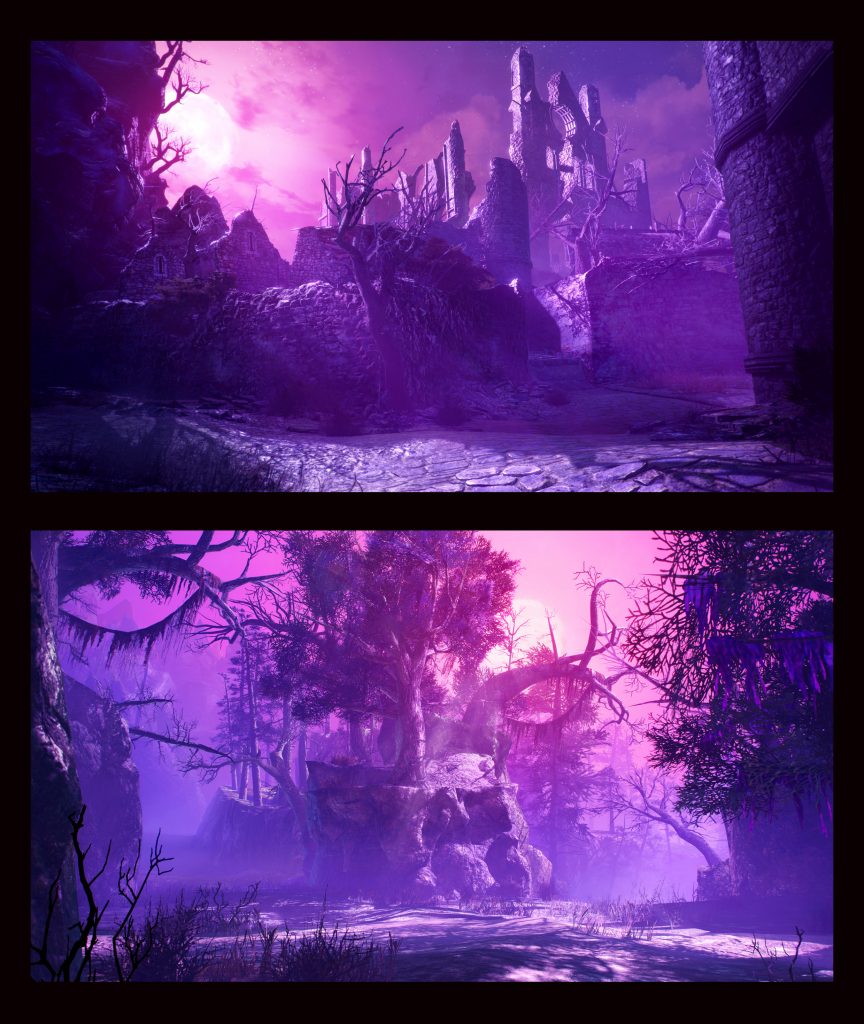
I paid particular attention to creating a setting from the point of view of the Monster Hunter series. Rise had a very specific theme, but it still felt like a convincing world in the Monster Hunter series due to the design of its setting. Because of this, I paid careful attention to creating a sense of novelty and specificity for Sunbreak based on the setting created for Rise. Of course, if you lean too far in a particular direction, the balance between the two settings will be lost, so that was an important element to keep in mind as well.

Shibata: Could you tell us a bit about the teaser art and the package design? What did the Producer and Director ask for? How did you go about creating these designs?
Yoshitaka Ohuchi:
Teaser art:
For the teaser art, I was told not to show the monsters in their entirety, and to use the pink colors of the Citadel nightscape for maximum impact, so that’s exactly what I did.
The main design pillars were “Malzeno’s character” and “the threat of the Citadel” I incorporated elements like Western horror around these elements, making players wonder “is this really a Monster Hunter game!?” It leaves some mysteries up to the imagination of the players, while also providing some hints. I also reflected these elements in the monsters’ movements, the lighting, and the camera angles, etc.。

Package design:
For the package design, I was told to keep it straightforward, show a hunting scene, make sure it’s recognizable as a massive expansion to Rise, and show off what’s new in Sunbreak.
So, I stayed close to the traditional layout of MH series package design, showing off the flagship monster, and using an overall composition that is easy to use for a variety of media.
I also wanted to include the new “Followers” feature, so Fiorayne joins the party as well. There’s some hints at new weapons and Palamute equipment too.
I made this hoping that it would get the fans excited and get them to start speculating on what new features the game will have to offer.

Shibata: Which visual element would you like the fans to get the most excited about?
Yoshitaka Ohuchi: We spent a lot of time on the Three Lords, the main feature of Sunbreak.
We wanted to make the Western-style monsters convincing as actual living creatures, complete with an interesting ecology, a proper relationship with the world they live in, and the hunters who face them. It involved a lot of trial and error.
We also included as many story elements and tricks as we could to tie Elgado’s characters and the setting of the Citadel into the story. Similar to Rise, Sunbreak contains plenty of easter eggs and little surprises, so we hope you’ll enjoy exploring the game and finding the many details hidden around the environments.

Shibata: Do you have any final comments for the fans?
Yoshitaka Ohuchi: When I first joined the team and heard what the Director, Suzuki-san, wanted to do, I was like “Wait, are you trying to make a completely new game!?” In terms of content, themes, and work volume, the dev team was being prepared for something that didn’t feel like a “mere” expansion.
I feel like we’ve been able to give form to that sentiment somehow.
We’re also hard at work on free Title Updates for after the release of the game, and I can assure you we’re not making any compromises here either! (Although sometimes I wish the Director would cut us a bit more slack…)
The Monster Hunter series has a long history, and each game carries a lot of emotions for fans and devs alike. We hope we can keep providing such memorable experiences in the future, while adding even more surprises and excitement.
– Closing Comment from Shibata:
Thank you, Mr. Ohuchi!
It’s nice to hear that a lot of consideration was given to what would make the fans happy if we included it in Sunbreak, while maintaining the core of the base game, and the Monster Hunter series itself. The package design was revealed at a relatively early stage, and it’s always fun to see the response and speculation from fans when the package includes elements that have not been announced yet.
-
Brands: Monster HunterTags:
-

Loading...
Platforms:







